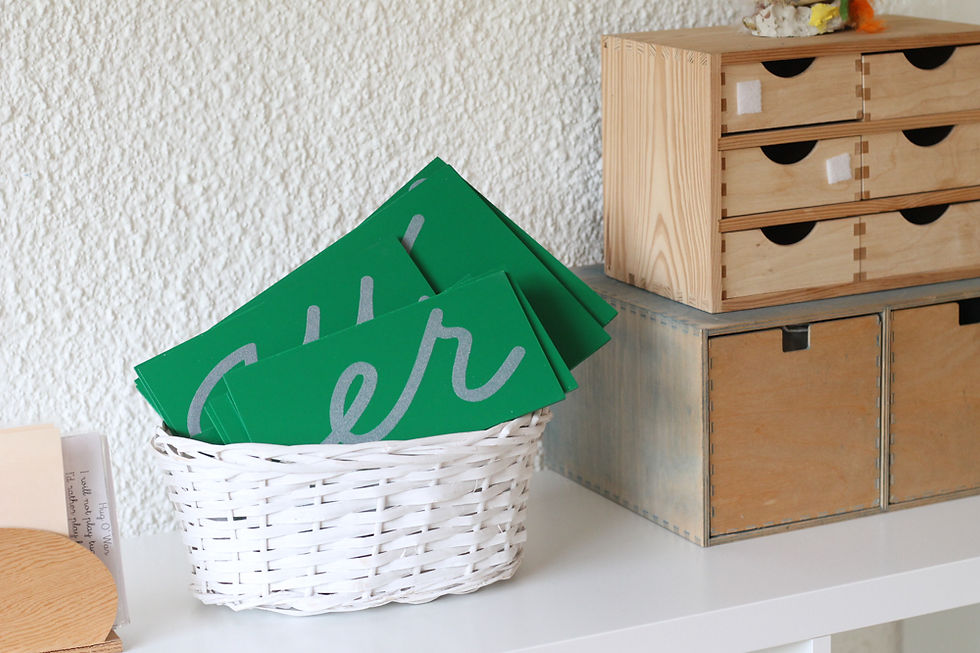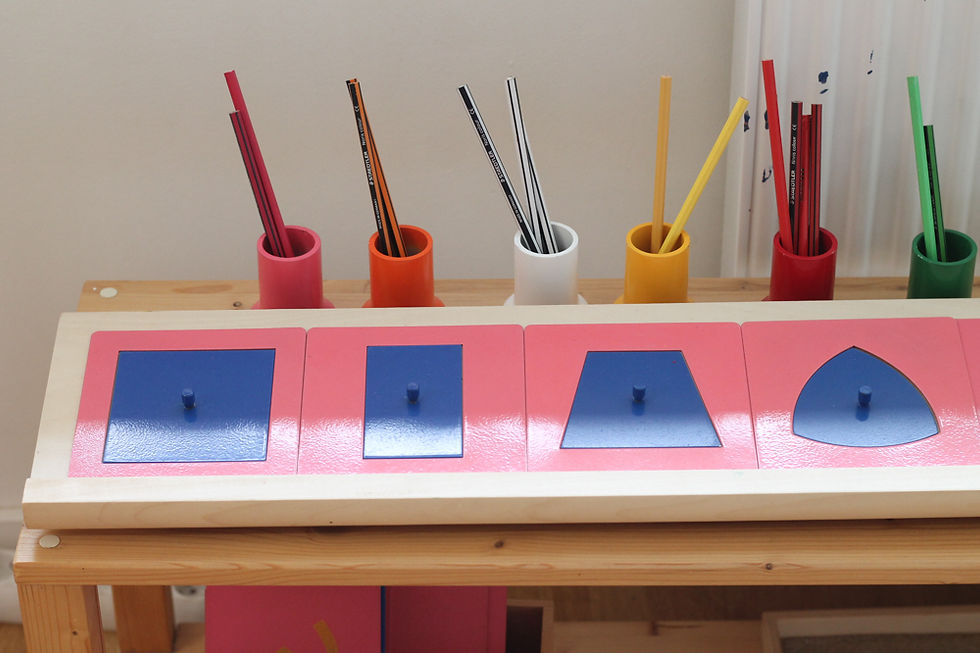Through the Montessori Method, students hone in on their reading and writing skills from an early age. As they begin their educational journey, our students are given motivational materials to ignite their freedom of choice as they discover their own interests and curiosities along the way.
Unlike other methods of teaching reading and writing, the Montessori method adapts to the educational level and interest of each student. The preparation prior to this moment is carried out in the corners of practical and sensory life, where boys and girls train fine motor skills by practicing the necessary movements to start reading and writing.
When students feel ready and begin to show an interest, they start to play with more specific materials, such as the ones we will show you next, which will allow them, in a very manipulative and sensory way, to learn the shapes of the letters and to practice the strokes of the pens. Our goal is for our students to be able to eventually form words by individually manipulating the letters of the mobile alphabet.
We guide our students in a very natural way as they start incorporating letters and sounds into their daily life and learning from their own motivation.
These are some of the materials we have in the language corner of our children's environment.
Sandpaper Letters Montessori
With the guidance of sandpaper letters, students work to understand the sounds of the alphabet through physical and photographic memory. This material is usually one of the firsts given to our students to encourage the development of literacy.

The letters in the sandpaper are on wooden squares separated into two colors: blue for vowels and pink for consonants. With the cursive writing font, students can use their fingers to outline the letters as they discover the sounds and names the letters make.
As the students begin to master the letters of the alphabet, they acquire the skills that help them create new words based on the sounds they have learned. By practicing with this material, students are better prepared as they move forward to more difficult subjects like reading and writing.
Metal Insets Montessori
To better prepare our students through the early stages of developing their writing skills, we use Metal Insets. This material is proven to contribute to a student's ability to hold a pencil and to control the movement of their hands as they perfect their stroke.
Metal Insets include colored pencils, paper and ten flat metal squares with cut-outs of a variety of geometric shapes. We provide rounded materials to practice lowercase letters and straight materials to practice capital letters.

Students use these materials to control what shape, pattern and color they want to use. Once their decision is final, students then trace the inside of the shape with an array of colors until it is completely filled.
As students improve their ability to color between the lines, students begin to recognize their mistakes and course-correct along the way. By repeating and refining these skills, students cultivate strong concentration and memory capabilities, hand-eye coordination and the ability to follow through with their work.
Movable Alphabet Montessori
The movable alphabet, a wooden box with 26 letters, promises students a hands-on experience. By playing with different letters, students control the words that they form and are able to visualize their creations, encouraging creativity.
This material method was inspired by the idea that students understand the spelling of words before they acquire the skills to write them. The colors of the letters are broken into vowels and constants: red being consonants and blue being vowels.

Because the alphabet is engrained in everything we do, the movable alphabet serves to enhance a student's learning aptitude as they prepare for reading and writing.
The students are exposed to the movable alphabet from the ages of 4 and 6 years old. Starting with the formation of singular words, students build upon these skills as they can eventually create phrases and stories.

Commentaires